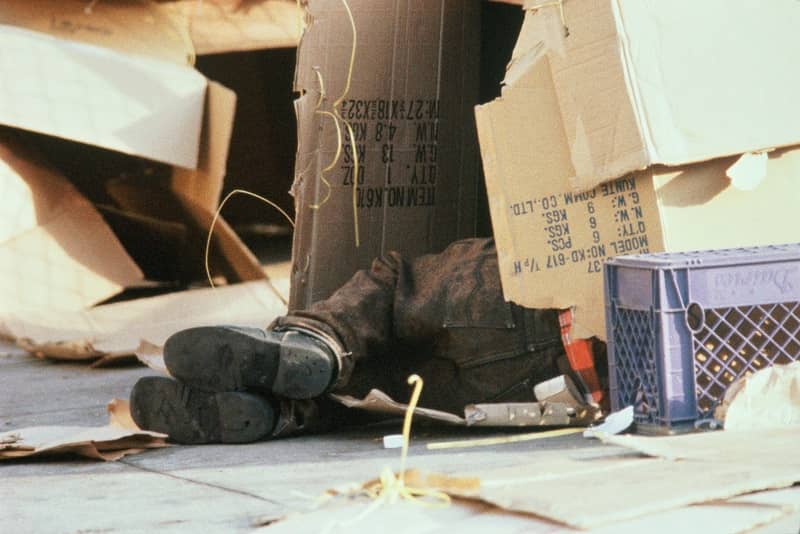

Summary
The polling data is trending toward school choice. As more and more parents experience choice through charter schools, vouchers, tax credits and the like, the idea of educational freedom becomes less scary, more real and urgently rational.
Word count: 600
Contrary to what the interest groups who run our public education system keep saying, the general public understands their schools aren’t all that they could be. A recent nationwide poll of 1,000 adults by The Economist Magazine reveals an interesting picture of how voters feel about public education. The entire poll can be read online. Here are some of the highlights:
- Only 13% say “Too little money” is the most important problem facing public education in the U.S. today. Both “Lack of parental involvement” and “Lack of student discipline” rank higher.
- 61% think private schools in their area are better than public schools in the U.S.
- 67% agree that private schools give students who can afford the tuition an advantage in life.
- 53% favor giving parents government-funded vouchers for private school tuition.
Of those, 90% say parents should be allowed to use the vouchers to pay tuition for both religious and non-religious schools—and 69% would not limit the vouchers to only areas where public schools had low test scores and high dropout rates. - 64% are unsatisfied with the quality of education students receive in U.S. schools today.
- 59% would give public schools a grade of C or worse.
- 60% say the federal No Child Left Behind Act has either hurt local schools or made no difference at all.
- 60% would be willing to pay higher taxes to increase teacher salaries.
- 55% say American public schools rank among the worst or below average when compared to schools in Europe. Only 10% say American schools are the best or above average.
When asked, “Overall, who is more responsible for problems in the schools today?” here was the public’s response:
- Parents are more responsible – 40%
- Equally responsible – 55%
- Teachers are more responsible – 5%
What can we take away from the poll results?
- The public understands clearly that more money is not going to fix what’s ailing our public education delivery system. Locally, as more Oregonians learn that the state is already spending more than $10,000 per student in taxpayer funds (something most people do not know), enthusiasm for large general fund increases could wane.
- Federal attempts to “fix” public education from Washington, D.C. with large funding increases and testing requirements have not impressed the voters.
- The public supports teachers, but not necessarily teacher unions. Voters want teachers to get more money, but they loathe the idea of giving the “system” more money. As the government bureaucracy continues to grow, so does public frustration.
- The public wants parents to have more control over where their student goes to school, and they aren’t as interested in preserving the district-run system as the adults who run that system seem to be.
The Public Wants Change
Voters are clearly interested in changing the public education system, as opposed to feeding it more revenue. They value teachers and the “idea” of a publicly funded education for all, but they are frustrated by the reform efforts to-date. Given the choice to allow parents and students to leave failing public schools, most Americans say “Yes.” But it’s not easy for voters to trust other parents to make good decisions once they have left the district schools. School Choice advocate Howard Fuller is fond of saying, “Everyone wants it better, but no one wants it different.”
The polling data is trending toward choice. As more and more parents experience choice through charter schools, vouchers, tax credits and the like, the idea of educational freedom becomes less scary, more real and urgently rational.
Attention editors and producers:
Cascade Commentaries are provided for reprint in newspapers and other publications, with credit given to author(s) and Cascade. Contact Cascade to arrange print or broadcast interviews on this commentary topic.
Electronic text files are available online at www.cascadepolicy.org.
Please contact:
Nancy Wheaton
Cascade Policy Institute
4850 SW Scholls Ferry Rd.
Suite 103
Portland, Oregon 97225
Phone: (503) 242-0900
Fax: (503) 242-3822
www.cascadepolicy.org
info@cascadepolicy.org
Cascade Policy Institute is a tax-exempt educational organization as defined under IRS code 501(c)(3). Nothing appearing in this Cascade Commentary is to be construed as necessarily representing the views of Cascade or its donors, or as an attempt to aid or hinder the passage of any bill before any legislative body. The views expressed herein are the author’s own.
